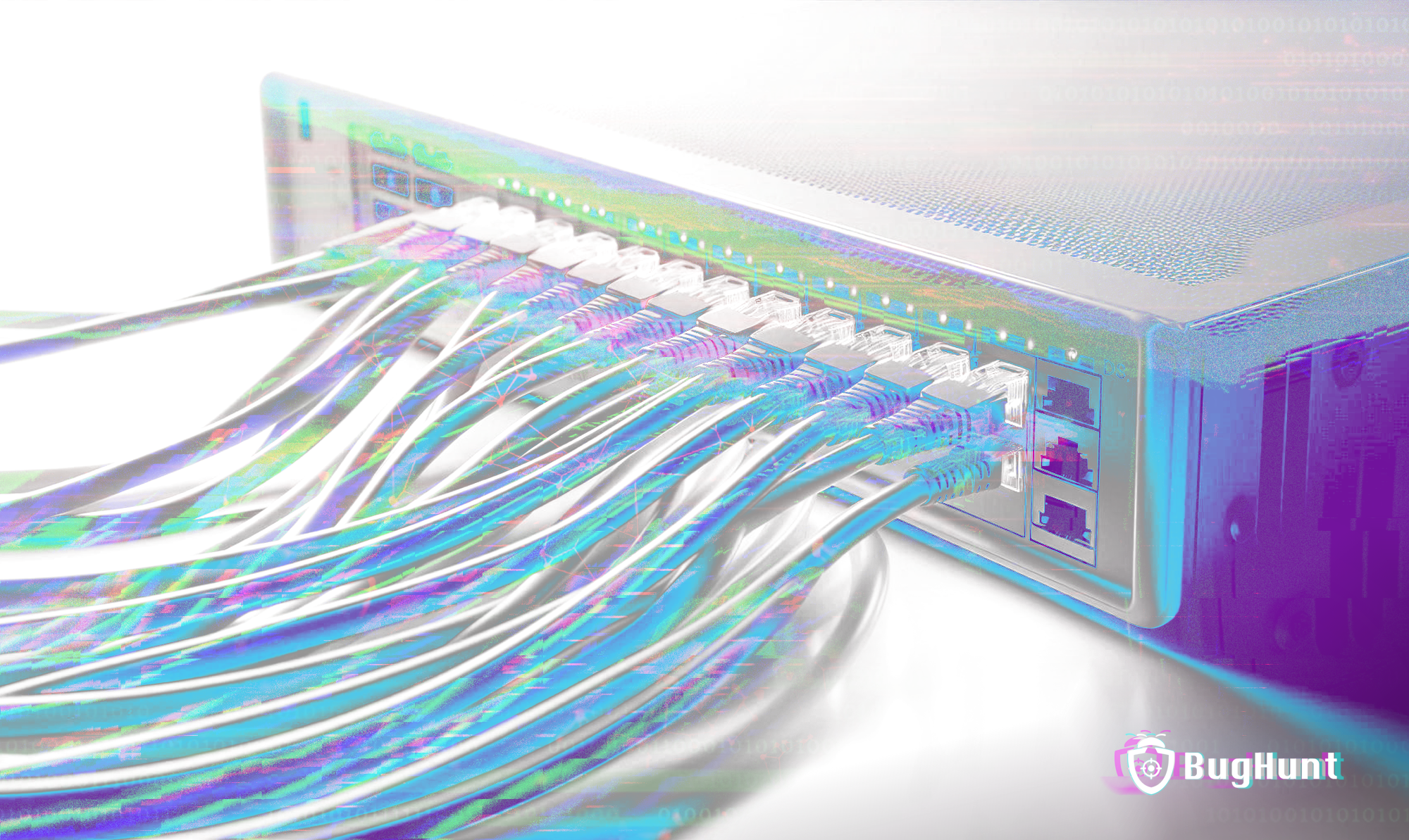What is BGP Hijacking and How to Prevent It?

Internet security is a constant concern, and BGP (Border Gateway Protocol) hijacking is one of the most severe threats to network infrastructure.
Recently, the U.S. government, in a report published by the White House, emphasized the urgency of adopting stronger measures to mitigate this type of cyberattack, which compromises internet traffic by redirecting data to unauthorized locations, exposing sensitive information.
With that in mind, this article will explore what BGP hijacking is, how it happens, and the best practices to protect against this growing threat. Keep reading!
What is BGP?
The Border Gateway Protocol (BGP) is a fundamental routing protocol that enables the internet to function. It determines the best paths for data to travel between different autonomous systems (AS) to reach their final destination. Simply put, BGP allows data packets to find the most efficient route between global networks, ensuring information flows with minimal latency.
Each network on the internet operates as a separate entity, and BGP facilitates communication between them by sharing information about the best available routes. This protocol is crucial for internet service providers (ISPs), large corporations, and cloud services, as it ensures continuous and efficient data flow.
Since BGP is essential for inter-network communication, any failure or attack targeting it can have global consequences.
What is BGP Hijacking?
BGP hijacking occurs when a malicious actor, often a cybercriminal, manipulates the BGP protocol incorrectly or fraudulently to redirect internet traffic. By altering legitimate routes, attackers can force data to travel through unauthorized paths, enabling espionage, data theft, or even service disruption.
BGP hijacking exploits a vulnerability in the protocol’s design—created in an era when security was not a primary concern. BGP was built on trust, meaning routers accept the routing information they receive without strong verification mechanisms. This trust-based system creates an opportunity for attackers to inject false routes.
The impact of BGP hijacking can range from service disruptions—such as outages affecting major platforms—to more severe scenarios, including the interception of sensitive information for corporate or governmental espionage.
📌 Read also: How to Ensure Corporate Security in Your Company?
How to Defend Against BGP Hijacking?
Despite BGP's inherent vulnerabilities, several best practices can help mitigate the risks of BGP hijacking. Below are key measures to protect networks from this threat:
1. Implementing RPKI (Resource Public Key Infrastructure)
One of the most effective ways to prevent BGP hijacking is by implementing RPKI, a public key infrastructure that authenticates the origin of routing announcements. RPKI ensures that only legitimate route announcements are accepted, rejecting suspicious or false ones. This mechanism helps validate routing information and prevents attackers from injecting unauthorized routes.
2. Routing Filters
Another preventive measure is the use of routing filters. These filters validate which routes are announced and accepted by BGP routers. By establishing strict rules on accepted routes, networks become less vulnerable to malicious announcements. For example, prefix lists can be used to restrict routing announcements to specific, predefined IP ranges.
3. Traffic Monitoring
Continuous traffic monitoring is essential for detecting suspicious activities. By analyzing network traffic patterns, administrators can identify ongoing BGP hijacking attempts. Monitoring tools can alert teams to sudden changes in routing paths, enabling a swift response to mitigate attacks.
4. Collaboration Between Network Operators
Collaboration among network operators is also crucial in defending against BGP hijacking. Internet service providers (ISPs) and large organizations can share routing information, security alerts, and best practices to improve collective resilience. Additionally, it is useful to follow recommendations from cybersecurity authorities, such as the Office of the National Cyber Director (ONCD) at the White House.
5. Secure Configurations and Updates
Keeping systems and routers updated with the latest security patches is a fundamental but essential defense strategy. Additionally, it is crucial to ensure that security settings are properly configured to prevent unauthorized route acceptance.
6. Penetration Testing (Pentest)
Penetration testing is another vital measure to prevent BGP hijacking. During a pentest, security professionals simulate real-world attacks to identify vulnerabilities, such as the ability to accept fraudulent route announcements. This practice ensures that defensive mechanisms like routing filters and RPKI are functioning correctly. Additionally, pentesting can uncover misconfigurations in routers and systems that attackers could exploit, allowing companies to address issues before they become real threats.
BGP Hijacking is a Real Threat
As demonstrated, BGP hijacking is a significant threat that can compromise the security and integrity of the internet. While BGP is critical to the functioning of global networks, it has vulnerabilities that attackers can exploit. Fortunately, effective measures such as those discussed in this article can help mitigate these risks. Additionally, initiatives like bug bounty programs provide an extra layer of security by identifying and fixing flaws before they can be exploited.
Internet security is an ongoing challenge, and as cyberattacks become more sophisticated, it is crucial for network operators and businesses to take proactive measures. Protecting BGP is essential to ensuring secure data flows and quickly detecting and neutralizing threats.
📩 Want to explore more cybersecurity topics like this? Subscribe to our BugBuzz newsletter for regular insights into the latest trends and threats in cybersecurity. Click here to sign up now!

